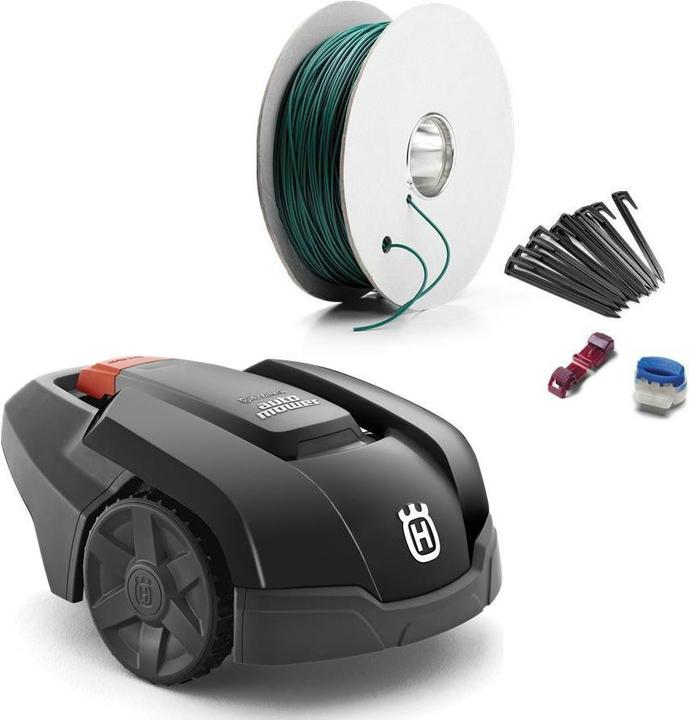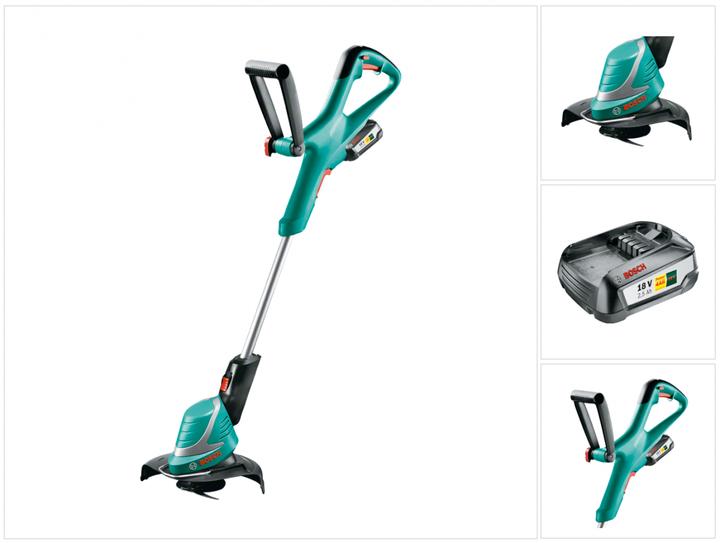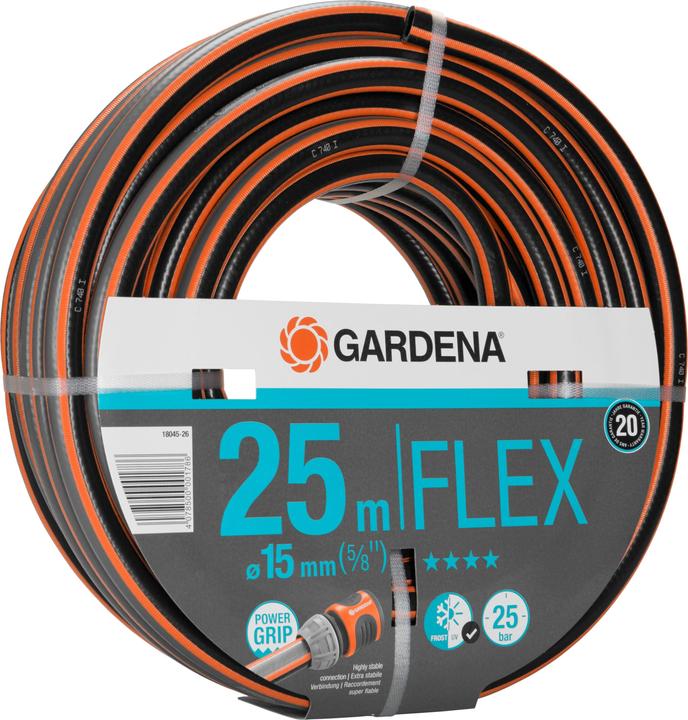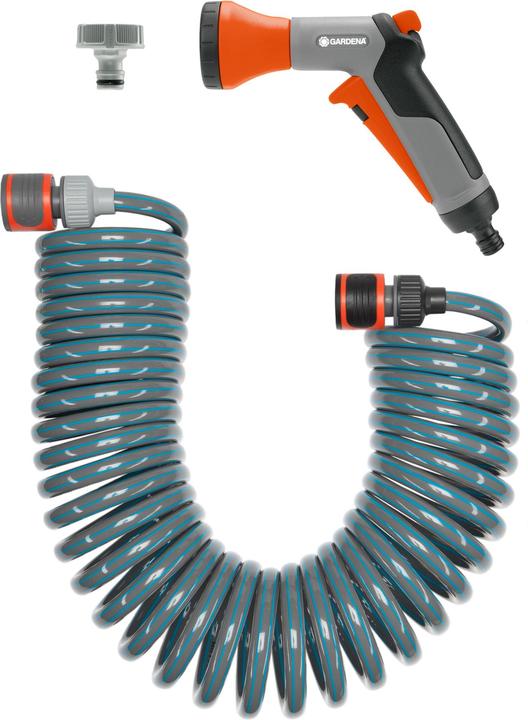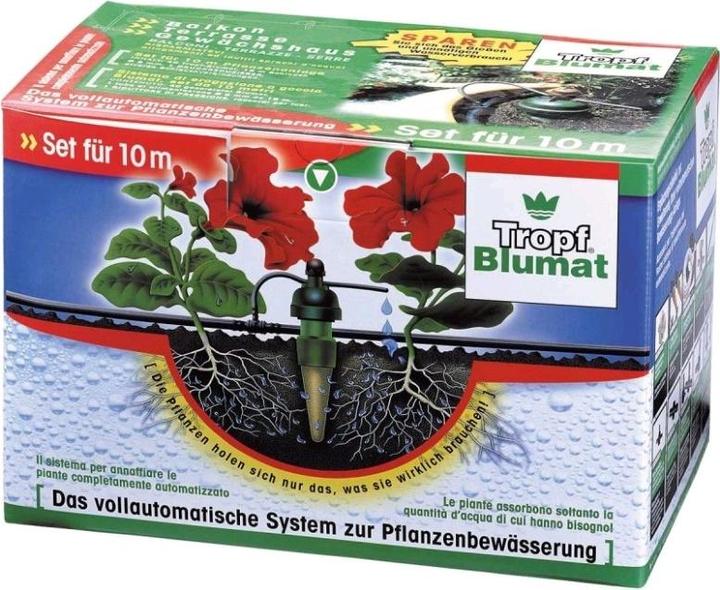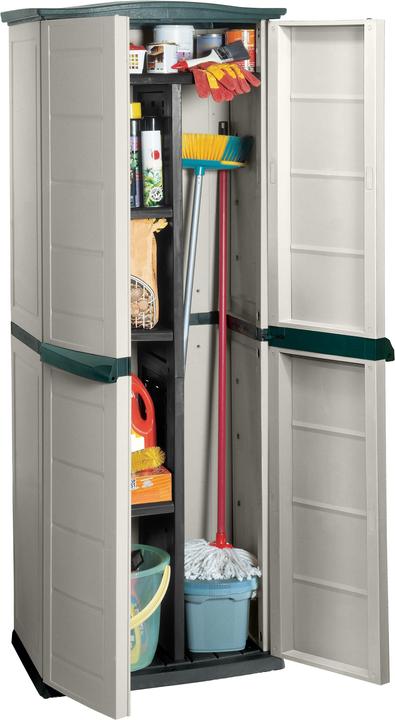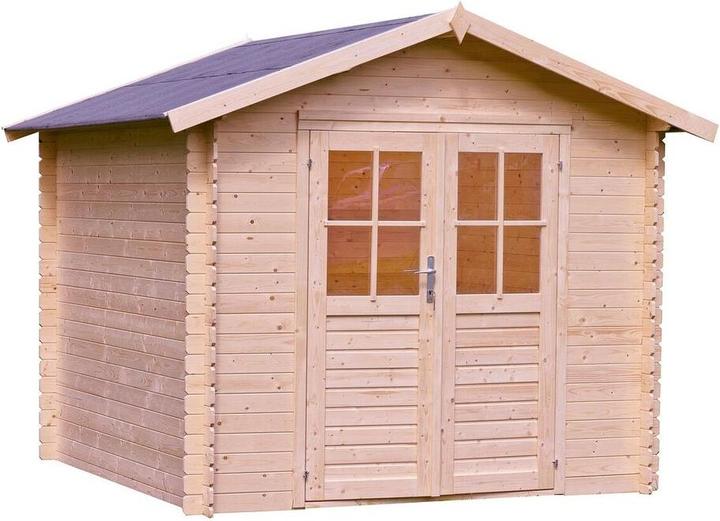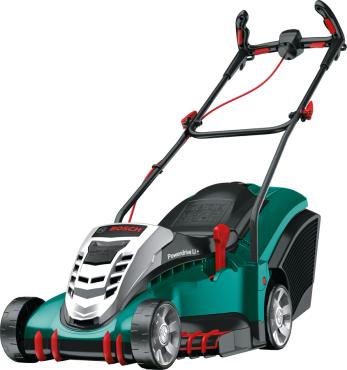

Tips for a well-tended garden
A beautiful garden needs particularly loving care. Here are a few tips to help you with your gardening.
Tip 1: the perfect lawn
The perfect lawn is mown for the first time in spring: three to four centimetres is ideal. Thereafter, regular mowing is beneficial for robust growth. Mow your lawn once or twice a week, to a maximum of half the desired length. We also recommend scarifying the lawn once or twice a year. Scarifying prevents the proliferation of moss, which can be a problem in shady areas. In addition, scarifying the plant layer with a scarifying mop aerates the roots and thus promotes the health of the lawn. A scarification of two to 3 millimetres is more than enough. Regular weeding and fertilising contribute to ideal lawn care.
Tip 2: a beautiful lawn needs water
Dry phases can quickly degrade the lawn. The reason: depending on the temperature, soil composition and air humidity, up to four litres of water a day can evaporate from a square metre of lawn. As the roots of the grass do not grow deeper than 15 centimetres, water reserves are rapidly depleted. That's why, depending on the soil, you need to water your lawn well once or twice a week.
While lawns on sandy soil are more likely to be watered once or twice a week, lawns on sandy soil are more likely to be watered twice a week. While lawns on sandy soil require a good watering every three to four days when the weather is hot, one watering a week is enough for clay to loam soils.
The best times to water the lawn are in the evening or early morning. On cool soil, water evaporates less quickly than on soil exposed to the sun. Automatic watering systems take care of this task for you without you having to get up early in the morning. It's a tip that's as good for your plants as it is for your wallet! One last tip: grass under trees requires more water because of the trees' roots, unlike grass in the shade, which requires much less - there you can save water.
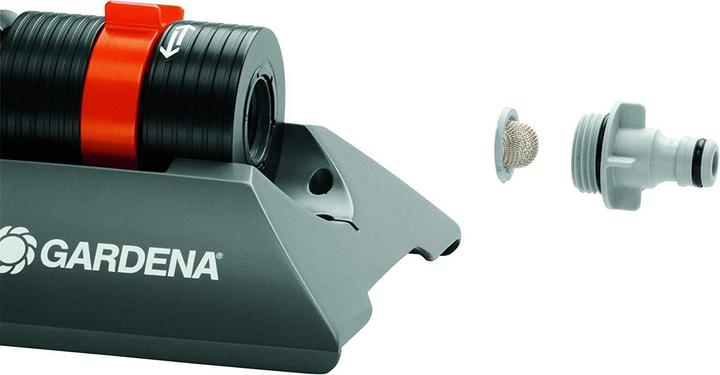
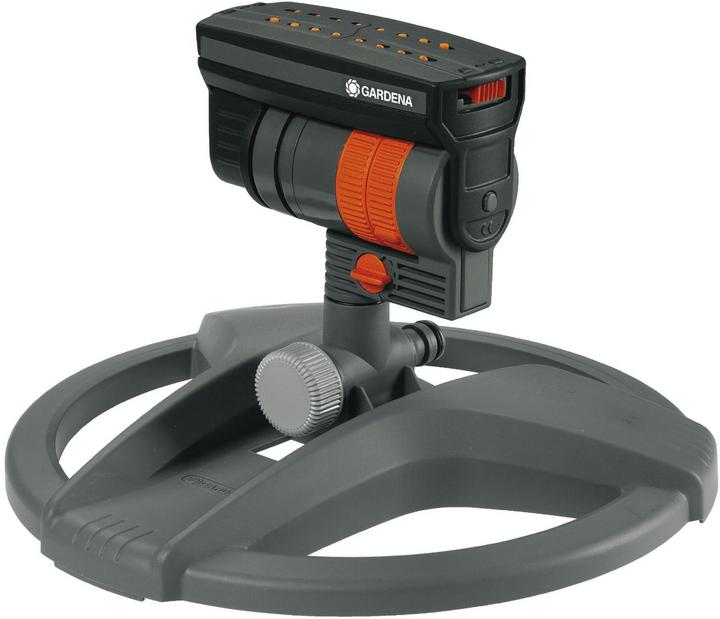


Gardena MultiControl duo
Irrigation computer
Tip 3: maintain hedges well
Well-cut plants in the garden are works of art. But hedges are also natural dividing walls. They separate, divide or create spaces. That's why there are not only various legal provisions, but also practical and natural ones that encourage you to maintain your hedges regularly. But don't be afraid: with the right garden tools, hedges can be pruned and maintained without too much difficulty.
We recommend the first pruning after the hedges have grown. We recommend pruning for the first time after the first buds appear. Around 24 June, the hedges bud a second time: the Midsummer buds and the leaves they produce are a very different colour from the regular buds. As the groves stop growing after the second budding, you can trim the hedges back to their desired shape in July. Before you start cutting your cedar hedge, it's a good idea to check for nesting birds. If so, you'll need to postpone pruning.
Tip 4: Order is half of life
Gardening is complete when the tools you use are cleaned and stored in a place where they are protected from the elements. It's simple: the better the tools are maintained, the longer they last. In our experience, a garden shed is ideal for storing equipment. It keeps tools clean and tidy and protects them from rust. This makes work easier and saves you a lot of money, because you don't have to replace tools too often.
You may also be interested in these articles
I draw inspiration and energy from nature – whether I'm hiking, skiing in the mountains or travelling to new places. I also have a passion for photography, music, TV series and good food.
Interesting facts about products, behind-the-scenes looks at manufacturers and deep-dives on interesting people.
Show all